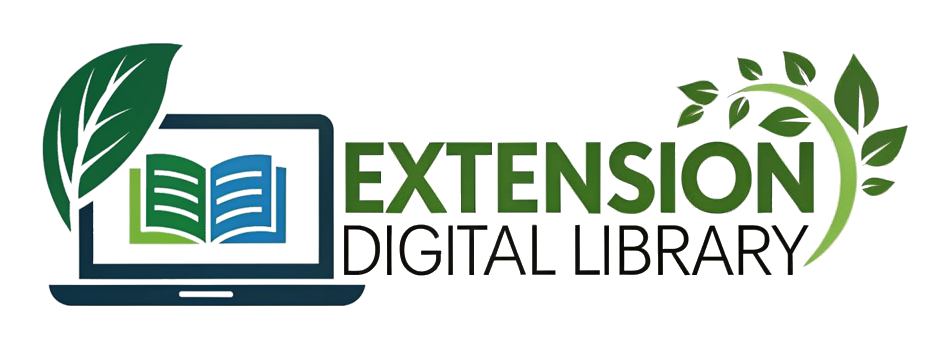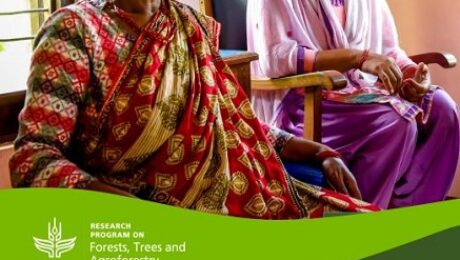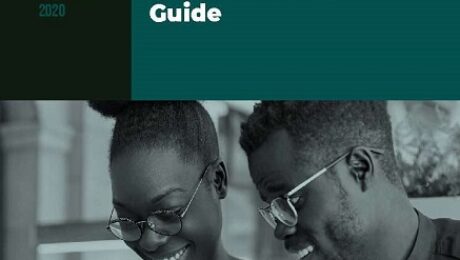Gender Equality and Social Inclusion
Both women and men depend on forests, agroforestry and trees for their livelihoods, and play a critical role in managing them. However, inequalities persist in roles, rights and responsibilities of women and men, and shape the ways they participate in decision making, benefit from forest and tree resources, and experience changes in forest and tree-based landscapes. Gender biases in the wider policy environment and exclusionary social norms result in a gender gap in access to and control of assets and key resources, including land, labor, credit, information and extension services, with women facing disadvantages in several domains. These inequalities, embedded in formal and informal institutions and structures, hinder the change needed to support the sustainable and equitable development solutions that FTA seeks to deliver.
As FTA’s research agenda has evolved since the program’s inception, so too has the program’s portfolio of gender and social inclusion research. This revised research agenda and action plan draws on a tradition of quality gender work within FTA centers and complements FTA’s original Gender Strategy (2013). It reflects the evolution of the program, including thematic and methodological developments in gender research and praxis, and increases the focus on the nexus of gender and generation (including youth issues), and efforts to make FTA’s research increasingly transformative.
- Published in GENDER
TAAT Gender Mainstreaming Guide
Gender considerations are of utmost importance in agricultural technology development, dissemination and use, as these considerations confer good dividend to the overall impact of technology adoption. Hence, the Technologies for African Agricultural Transformation (TAAT) Project consider gender as very important component and demand that gender should be integrated through designing and implementing interventions, amongst others.
To this effect, Capacity Development Outreach Compact (CDTO) delivery infrastructure led by Forum for Agricultural Research in Africa (FARA) has included the African Women in Agricultural Research and Development, AWARD, to facilitate gender mainstreaming in all CDTO activities to support the mainstreaming of gender into the CDTO enabler compact of the TAAT. In partnership with AWARD, the CDTO compact enabler designed this gender mainstreaming guide to systematically incorporate consideration for gender-related dimensions and ensure equitable access to agricultural technologies.
As part of developing the gender mainstreaming guide, AWARD undertook a gender assessment targeting CDTO partners. The gender assessment weighed gender inclusion within organizational technical capacity, political will, organizational culture and accountability; this process included reviewing organizational policies, project documents, structures, operations and budget development.
- Published in GENDER, GUIDE/TOOLS/MANUALS
A practical guide to measuring women’s and girls’ empowerment in impact evaluations
Impact evaluations can produce useful insights on how to design programs and policies that can increase women’s and girls’ empowerment and help us better understand the process of empowerment itself. Yet, it can be challenging to design a measurement strategy and to identify indicators that capture changes in empowerment, that are tailored to the local context, and that minimize reporting bias. Pulling insights from diverse disciplines and the experience of J-PAL affiliated researchers around the world, this guide offers practical tips for overcoming these challenges in impact evaluations. We emphasize the importance of conducting in-depth formative research to understand gender dynamics in the specific context before starting an evaluation, developing locally tailored indicators to complement internationally standardized ones, and reducing the potential for reporting bias in our instruments and data collection plan. We do not provide a single set of ready-to-go survey instruments; instead, we outline a process for developing indicators appropriate to each study along with extensive examples. In this way, we hope this guide can help provide researchers and practitioners the tools to select or develop their own indicators of empowerment that are right for their impact evaluations.
- Published in GENDER, GUIDE/TOOLS/MANUALS
- 1
- 2



